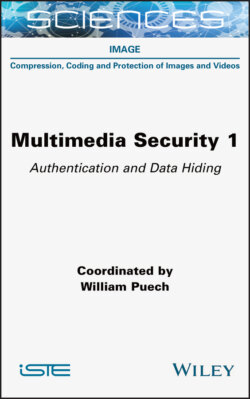Читать книгу Multimedia Security, Volume 1 - William Puech - Страница 38
1.4.2.5. Detection by neural networks of the relative position of blocks
ОглавлениеMore recently, Bammey et al. (2020) proposed to train a self-supervised convolutional neural network (CNN) to detect modulo-(2, 2) position of the blocks in the image. As CNNs are invariant to translation, they need to rely on image information to detect this position. Demosaicing artifacts, and to some extent JPEG artifacts, are the only relevant information a network can use to this end. As a result, training a network to detect this position will implicitly make it analyze demosaicing artifacts. This will thus lead to a local detection of the Bayer matrix’s position. Erroneous outputs of the network are caused by inconsistencies in the image’s mosaic, and can thus be seen as traces of forgery.
This method obtains better results than previous works, and can help further analyze the forgery as different kinds of forgeries will cause different artifacts. For instance, copy-move will cause a locally consistent shift in the network’s output, whereas inpainting – usually performed by cloning multiple small patches onto the target area – may show each cloned patch detected with a different pattern. Other manipulations, such as blurring, or the copy-move of an image that features no mosaic – for instance due to downsampling – may locally remove the mosaic, and the output of the network will thus be noise like in the forged region. It is possible to achieve even better results with internal learning, by retraining the network directly on images to study. This lets the network adapt to different post-processing, most importantly to JPEG compression.
However, this method is more computationally intense than the other presented algorithms, especially when internal learning is needed. This makes it less practical to use when many images are to be analyzed.
